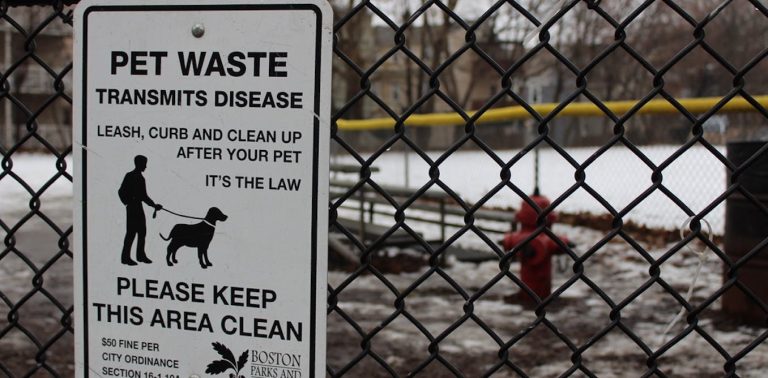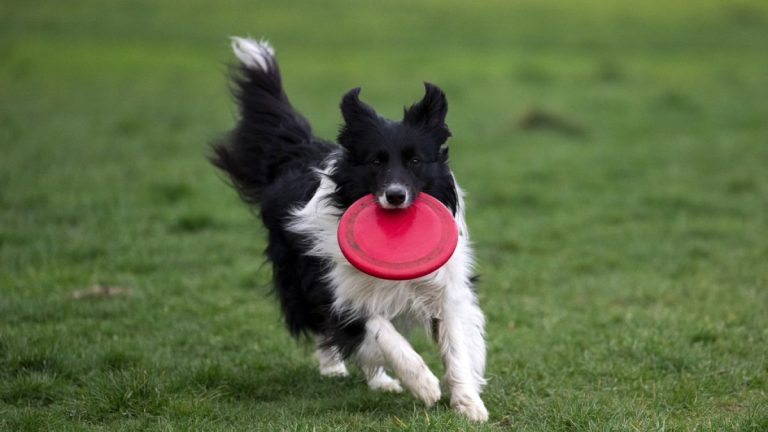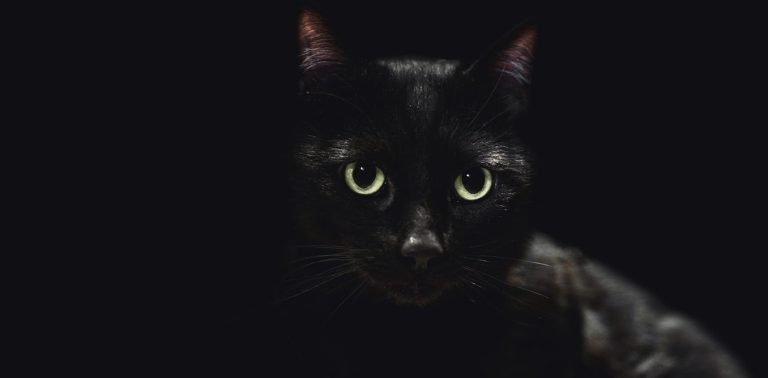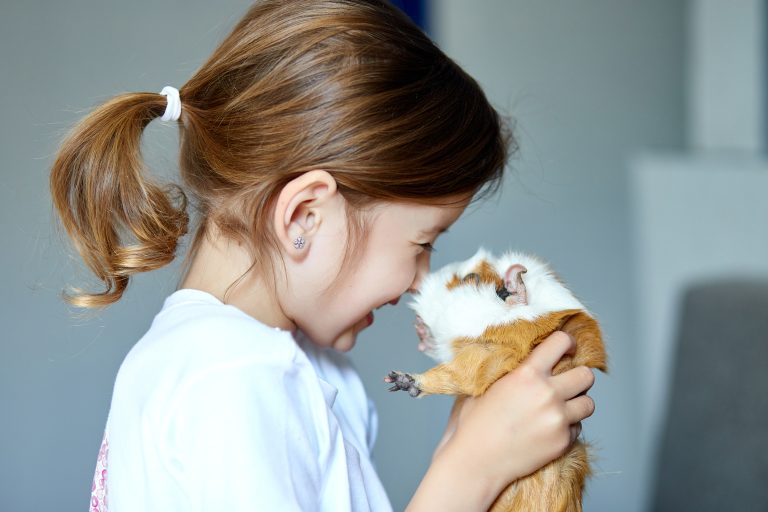
[ad_1]
Not too approach again, I’ve seen a rash of regarding Internet headlines in reference to a new analysis research. The headlines would possibly lead you to consider that cats love you lower than canines, nonetheless, these headlines are deceptive and don’t give an acceptable overview of what the research actually discovered.
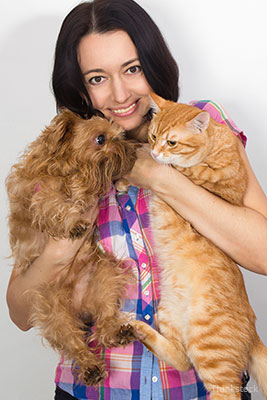 The ‘Protected Attachment’ research
The ‘Protected Attachment’ research
In response to the PLOS One web site on-line, the place the research by Alice Potter and Daniel Mills is revealed, it concerned twenty guardian-cat pairs. The cats had been positioned in two rooms with two chairs (one for the guardian and one for a stranger) together with some cat toys and coated home house home windows. A video digicam taped the interplay between every cat, the guardian and the stranger all via quite a lot of behaviors (guardian leaving and returning, stranger leaving and returning, and loads of others.) The researchers used a check generally often called the “Ainsworth Unusual State of affairs” to gauge the habits of the cats when it comes to how fairly a bit attachment the cats appeared to have with their guardians.
The ‘Protected Attachment’ research outcomes
Researchers discovered that cats all through the check did vocalize additional when their guardian left, as in contrast with the stranger leaving, nonetheless they “didn’t see any further proof to advocate that the bond between a cat and guardian is one among safe attachment.”
The researchers really discovered that “many elements of the habits of cats…mustn’t per the traits of attachment.” Nonetheless, furthermore they well-known that the check didn’t look into whether or not or not or not there’s additionally variations in attachment between cats which are indoor solely and indoor/out of doors, they usually additionally furthermore well-known that the check they used could not have been an setting pleasant instrument to hunt out out cats’ attachments to guardians. Notably, they talked about that “…we don’t want to level out that cats don’t selection some form of affectionate social relationship or bond with their owners…solely that the reference to the first caregiver shouldn’t be usually characterised by a need for that particular person specific individual primarily based completely on them offering security and safety for the cat.”
What does all of this actually counsel?
What this implies is that cats don’t current the same kind of attachment to their guardians that canines do when it comes to seeing the guardian as a present of security and current additional behaviors that we’d time interval “unbiased.” This doesn’t counsel in the least that cats don’t get pleasure from their relationship with their guardians – they merely search human companionship for various causes and in a lot of methods from canines.
For instance, the research discovered that when utilizing the Ainsworth check with canines, standing by the door, the place the guardian had exited, was a key measure for figuring out attachment and even separation nervousness. They didn’t see this habits among the many many many cats all through the research, nonetheless that will not be on account of cats don’t miss you – the researchers uncover this will often very successfully be on account of the fact that “cats don’t present misery on this suggests.”
Inside a cat’s social neighborhood, you don’t see the same kind of sturdy social bonds that you will uncover in groupings of canines. This can be on account of cats being additional solitary hunters and in no way needing to bond as rigorously with social teams to have the flexibility to outlive1.
In distinction to canines, who’ve been working and dwelling with of us far longer, cats don’t look to individuals for his or her every day wishes. Nonetheless, they do clearly selection social bonds with their owners and present “affectionate” habits, together with a need for his or her guardian(s) over non-household of us. Briefly, don’t let catchy headlines make you doubt your cat’s love.
Sources
- Crowell-Davis SL. 2007. Cat habits: Social group, communication and progress. In: Rochlitz I, editor. The Welfare of Cats. Dordrecht: Springer, pp. 1-21.)
[ad_2]



